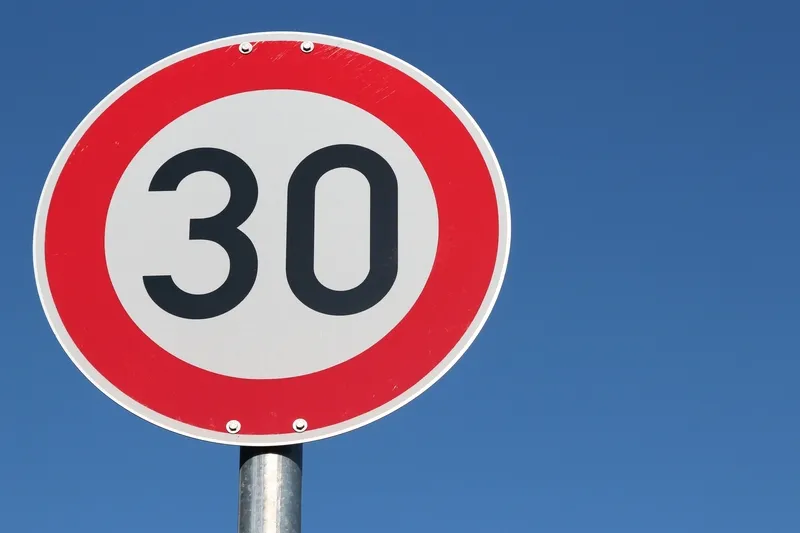Five drivers have been caught travelling at more than 100mph on 30 and 40mph limit roads in England, according to the Institute of Advanced Motorists (IAM). A further two were caught travelling at over 70mph in these areas, which tend to be largely residential.
The statistics were part of a Freedom of Information request by the IAM to every police force in Britain, asking for the location and speed of their top five highest recorded cases captured on safety cameras in their areas from 1 January 2015 to 3
March 3, 2016
Read time: 2 mins
Five drivers have been caught travelling at more than 100mph on 30 and 40mph limit roads in England, according to the 6187 Institute of Advanced Motorists (IAM). A further two were caught travelling at over 70mph in these areas, which tend to be largely residential.
The statistics were part of a Freedom of Information request by the IAM to every police force in Britain, asking for the location and speed of their top five highest recorded cases captured on safety cameras in their areas from 1 January 2015 to 30 January 2016.
Thirty-eight of 44 forces provided data. Of those, there were 11 cases where one of their top five fell in a residential 30 or 40mph area, covering five police force areas.
Sarah Sillars, IAM chief executive officer, said: “These are the roads we all use on a day-to-day basis and as a result are rife with hazards for any driver. Schoolchildren, shoppers, the elderly – they are all using the same space and won’t be prepared for anybody travelling at this speed.”
Sarah continued: “Exceeding the limit to such a degree is potentially suicidal in such conditions, not to mention incredibly dangerous for other road users. Clearly these drivers do not see the potential consequences of what they are doing. We believe if we are going to change this mind set, there needs to be personalised sentencing options made available to challenge this behaviour fully.
“The IAM would support further research on which types of courses would be most effective in changing entrenched speeding attitudes so that we can start to offer them alongside the well-established speed awareness courses for those just over the limit.”
The statistics were part of a Freedom of Information request by the IAM to every police force in Britain, asking for the location and speed of their top five highest recorded cases captured on safety cameras in their areas from 1 January 2015 to 30 January 2016.
Thirty-eight of 44 forces provided data. Of those, there were 11 cases where one of their top five fell in a residential 30 or 40mph area, covering five police force areas.
Sarah Sillars, IAM chief executive officer, said: “These are the roads we all use on a day-to-day basis and as a result are rife with hazards for any driver. Schoolchildren, shoppers, the elderly – they are all using the same space and won’t be prepared for anybody travelling at this speed.”
Sarah continued: “Exceeding the limit to such a degree is potentially suicidal in such conditions, not to mention incredibly dangerous for other road users. Clearly these drivers do not see the potential consequences of what they are doing. We believe if we are going to change this mind set, there needs to be personalised sentencing options made available to challenge this behaviour fully.
“The IAM would support further research on which types of courses would be most effective in changing entrenched speeding attitudes so that we can start to offer them alongside the well-established speed awareness courses for those just over the limit.”









